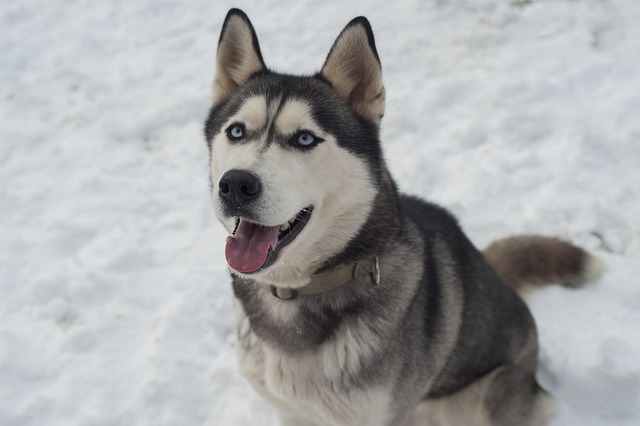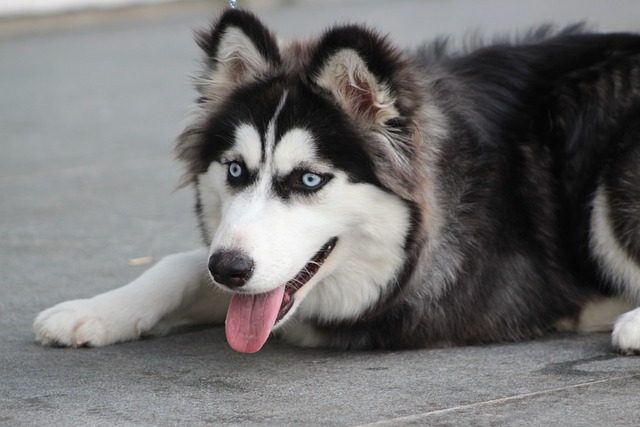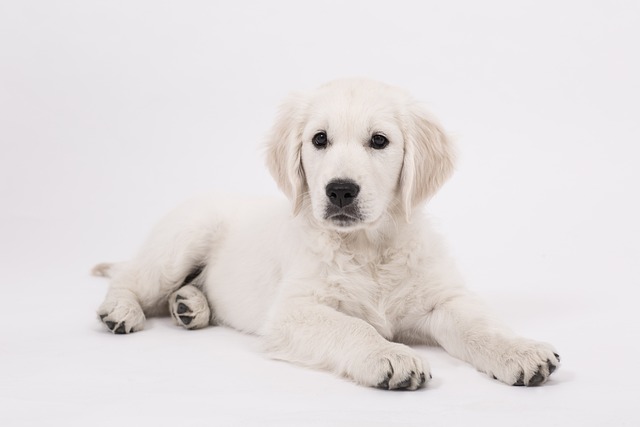
Do it hurt a dog to express glands?
Many dog owners first notice their pup scooting across the carpet or licking their rear more than usual, and that’s often when the question of gland expression pops up.
There's nothing quite like the feeling of your restless terrier finally settling down for a peaceful nap after a long day of zoomies around your apartment. If you've ever wondered how to help your furry friend drift off to sleep more easily, you're not alone—many new dog owners across the U.S. are discovering the power of strategic petting to promote relaxation and sleep. While every dog has individual preferences, certain petting techniques can genuinely help your canine companion unwind and fall asleep more comfortably.
The science behind sleep-inducing petting lies in pressure therapy and the release of bonding hormones. Gentle, rhythmic strokes in specific areas can lower a dog's heart rate and reduce cortisol levels while increasing oxytocin—the "love hormone" that promotes relaxation. The most effective areas to pet for sleep induction are typically the chest (right between the front legs), the base of the tail (gentle circular motions here are particularly soothing), and behind the ears in slow, steady strokes. Always follow your dog's natural fur direction and use moderate pressure—too light can be ticklish, while too heavy might cause discomfort. The key is observing your dog's response: sighing, leaning into your hand, or slow blinking indicates you've found the right spot and technique.
Start by creating a calm environment in your dog's sleeping area—dim lights, comfortable bedding, and minimal noise. Begin with gentle strokes along their back to establish connection, then move to their preferred relaxation spots. Many dogs particularly enjoy having their forehead gently stroked from between the eyes upward, which can help release tension. For dogs who enjoy belly rubs, slow circular motions on their stomach can be incredibly soothing. Always let your dog guide you—if they move away or seem restless, adjust your technique or location. Never force contact or restrain your dog for petting, as this violates modern animal welfare standards that emphasize consent-based interaction.

In the U.S., responsible pet ownership includes ensuring your dog's sleeping environment meets both their needs and community standards. If you live in an apartment building, be mindful of noise levels during evening relaxation routines—this is both considerate to neighbors and often required under municipal quiet hours ordinances. Ensure your dog's vaccinations are current (particularly important if they frequent dog parks or shared spaces), and always clean up promptly if accidents occur during late-night potty breaks—this is not only courteous but legally required in most American communities.
For urban dog owners, establishing a bedtime routine with calming petting can help overcome city noises that might otherwise disrupt sleep. Consider incorporating these techniques after evening walks, using them as a signal that the day is winding down. Remember that while strategic petting can encourage relaxation, some dogs may have specific medical conditions or sensitivities that affect their comfort with touch. If your dog consistently resists contact or shows signs of pain, consult your veterinarian to rule out underlying issues.
With patience and attention to your dog's responses, you can develop a soothing pre-sleep routine that benefits both of you.

Many dog owners first notice their pup scooting across the carpet or licking their rear more than usual, and that’s often when the question of gland expression pops up.

I’ll start with a relatable scenario of a new owner struggling to keep their pup cool on a budget, explain how homemade cooling pads use evaporative or gel-based cooling science

I stood on my friend Lena’s Austin patio last July, watching her 2-year-old Bulldog, Tank, sprawl on his cooling pad—panting, even though the pad was supposed to keep him cool.

I’ll start with a relatable scenario of a new owner dealing with their pup’s upset stomach, explain which fruits soothe canine digestive systems

If you’ve noticed your dog scooting or licking their rear more than usual, anal gland issues might be the cause—and some breeds are more prone to this than others.

I’ll start with a relatable scenario of a new owner unsure which fruits are safe for their pup, explain what makes a fruit “good” for dogs (nutrition + low risk), share top picks and how to serve them